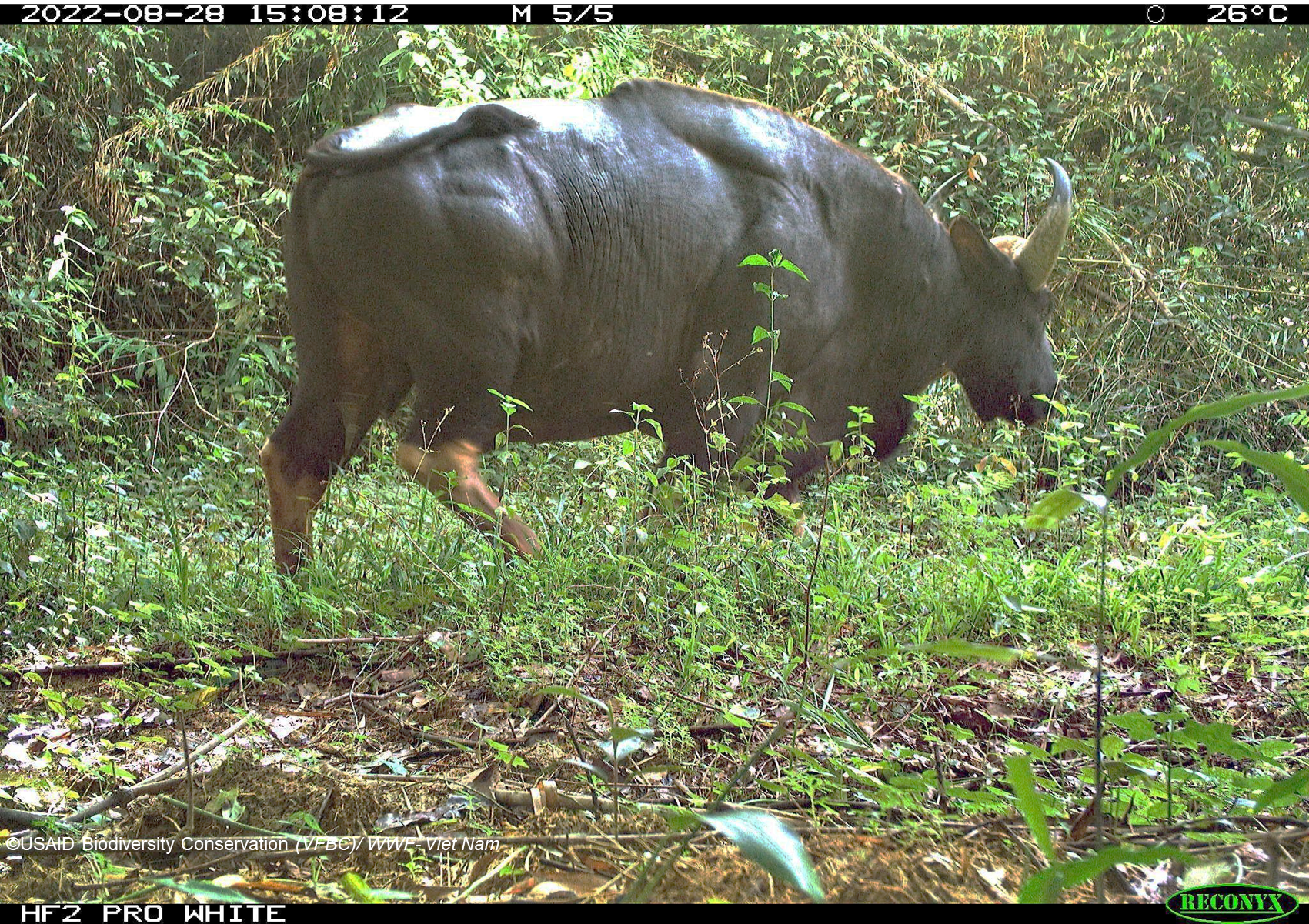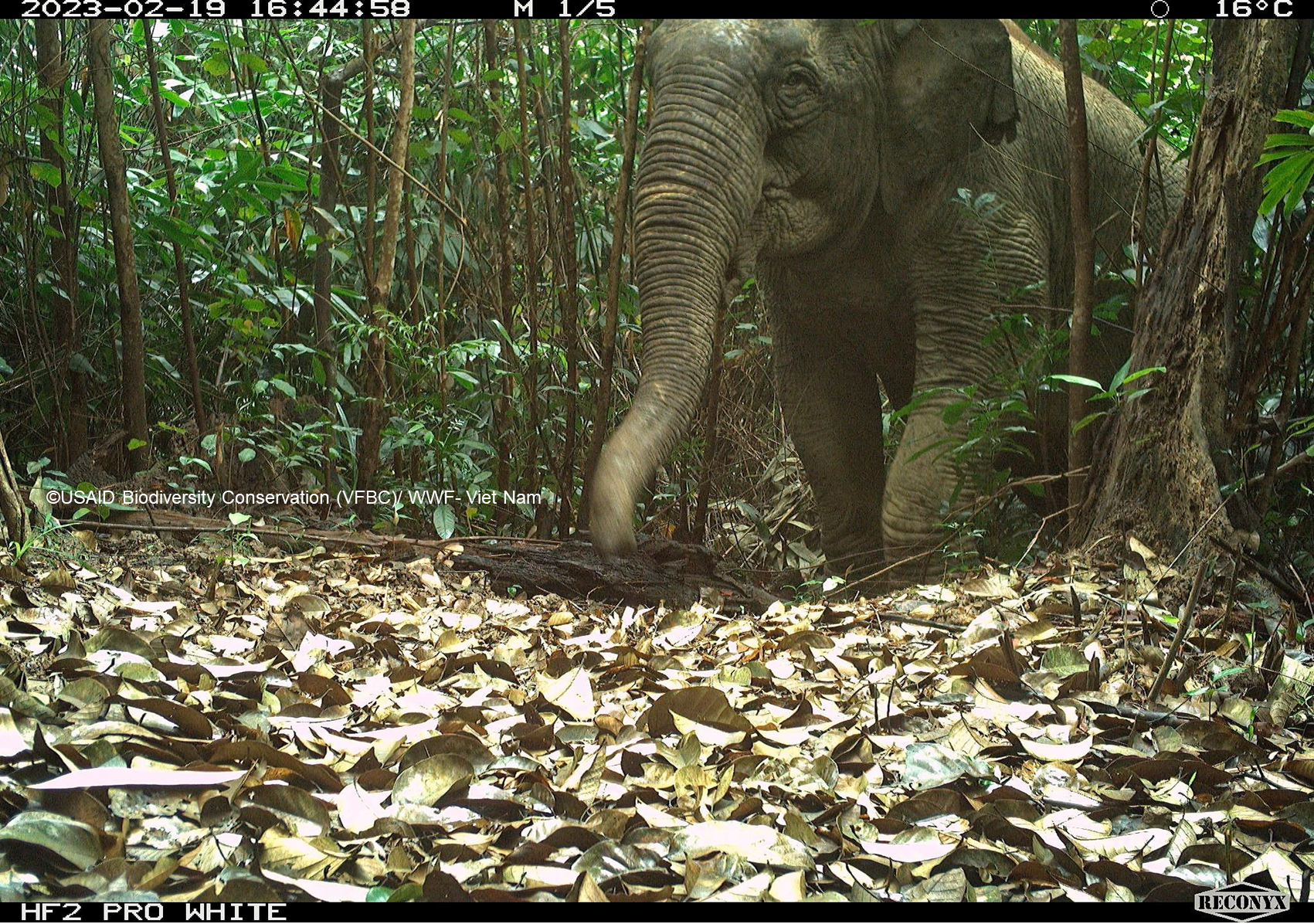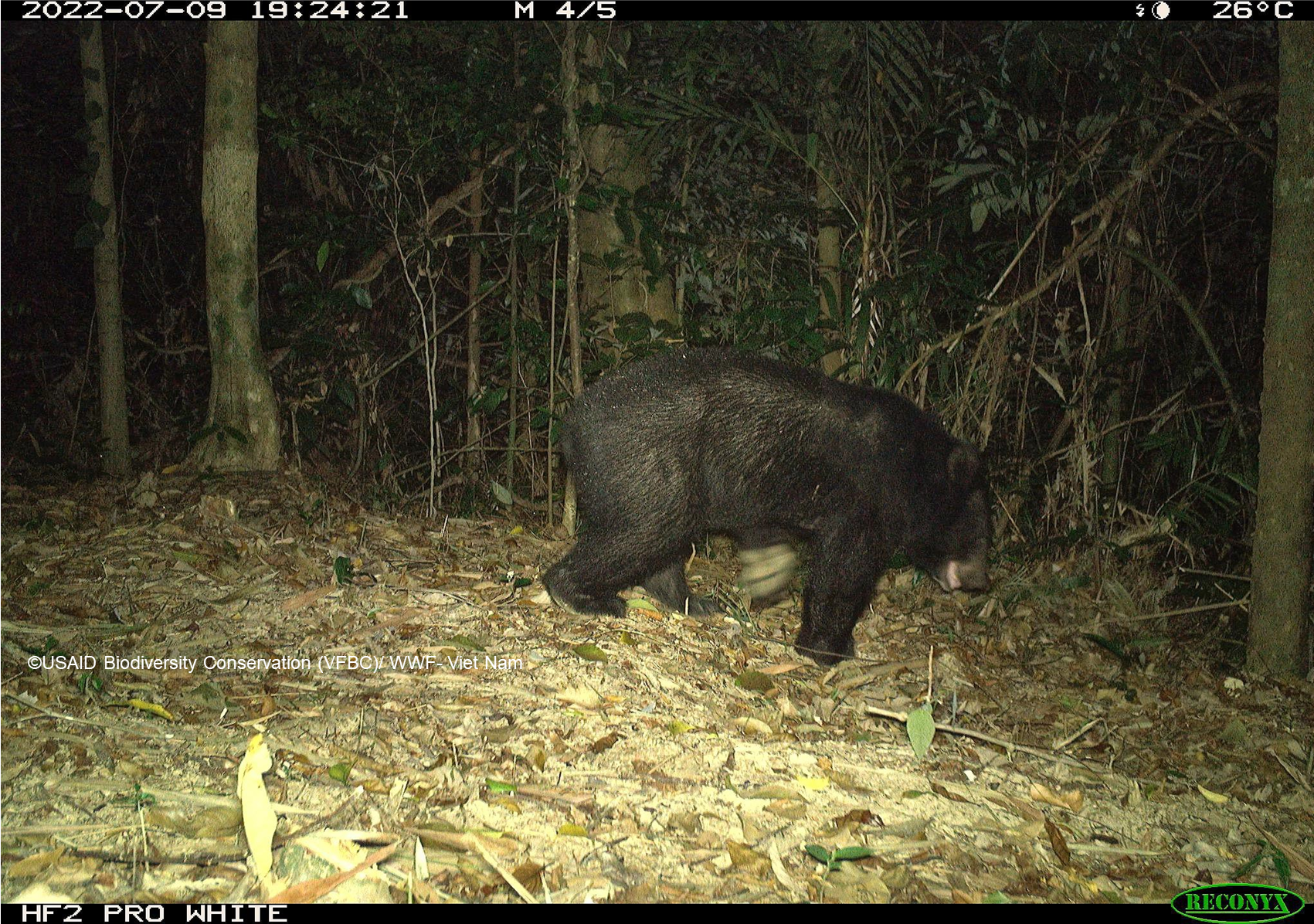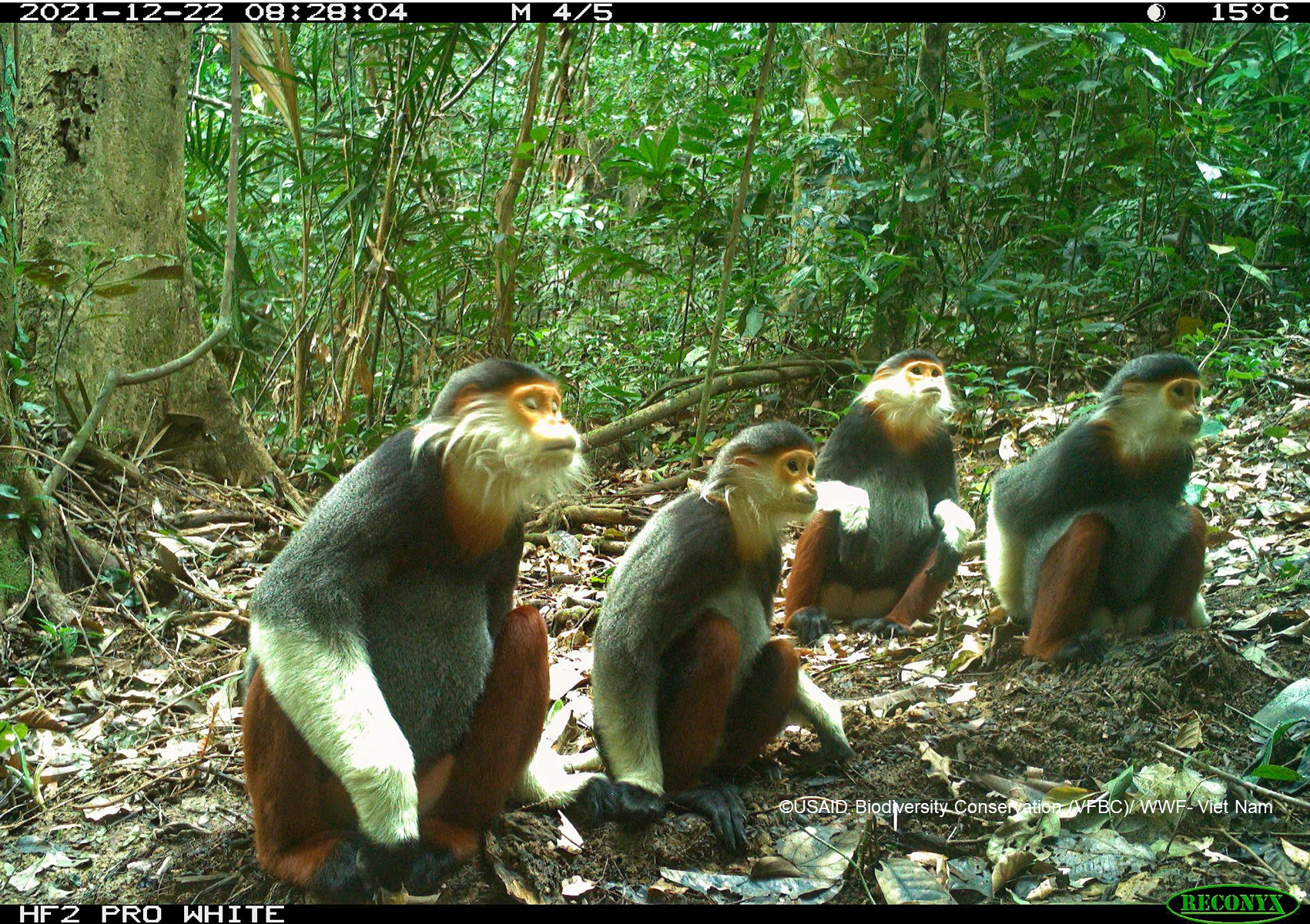Wildlife population has severely declined in all 21 protected areas across eight provinces in Vietnam, according to the results of the largest systematic camera trap survey ever conducted in Southeast Asia, with support from the United States Agency for International Development (USAID).
The survey, carried out by USAID’s Biodiversity Conservation Activity, confirms what has been widely concerned for many years – that populations of several key wildlife species have either disappeared or are in such low numbers as to be unviable as a result of widespread indiscriminate snaring.
“We hope that biodiversity monitoring results from this survey will be utilized to inform and improve overall protected area management and policy development in Vietnam,” said USAID/Vietnam Deputy Mission Director Bradley Bessire.
To conduct the survey, project partners set up 1,176 camera trap stations in 21 protected areas across eight provinces, capturing more than 120,000 independent wildlife detections in millions of images during the 2019-23 period.
The survey also discovered the absence of large carnivores and herbivores, such as tigers, clouded leopards, Asiatic wild dogs, and the elusive saola – one of the few large mammals to be discovered in the world over the past five decades.
Asian elephants were detected in just two sites, and wild cattle species such as gaur only detected in one out of 21 sites surveyed.
The most prevalent species recorded were those most resilient to hunting pressure, such as macaques, ferret badgers, and wild pigs.
Although the survey revealed that wildlife has experienced a decline in all 21 protected areas, there are still relatively high levels of species richness and endemism, with nine Annamite-endemic and 21 non-endemic but highly threatened species recorded.
Rare species, such as the large-antlered muntjac and sun bear were also detected, providing some of the few records of these species in Vietnam in the past 20 years.
A second survey is now underway across all the sites and will be compared to the baseline biodiversity survey when the USAID Biodiversity Conservation Activity concludes in 2025, allowing the project to assess biodiversity trends in the 21 sites during its implementation period.
Despite species losses, there are positive signs that investment in threat reduction in a few sites in central Vietnam, including those previously supported by USAID, is resulting in stabilized or even increased populations of some species.
This underscores the need to maintain investments in conservation efforts - including through the deployment of community patrol teams - in parallel with efforts to rewild Vietnam’s protected areas.
Tran Quang Bao, director of the Forestry Department in Vietnam expressed his hope that the project's biodiversity survey results would become more effective, contributing to establishing a guidance system which would support the Forestry Department in recommending appropriate policies to protect wildlife and conserve biodiversity.
Nick Cox, chief of Party at USAID Biodiversity Conservation, implemented by WWF, stated: “For the first time we have the data to confirm Vietnam’s wildlife populations are in dire straits. At the same time there are signs that investments by the Vietnam government, and by local and international NGOs, have had a positive impact.
“Now is the time to start a national conservation breeding program to rewild the country’s protected areas, while protection efforts are sustained and increased, especially to reduce snaring,” Cox added.
The USAID Biodiversity Conservation Activity, being implemented from July 2020 to June 2025, aims to maintain and increase forest quality, protect and stabilize wildlife populations in high conservation value provinces, and targets 14 special-use forests and seven protection forests, linking forest management units across the landscape to maintain forest cover and connectivity of habitats vital for the protection of Vietnam’s threatened and endemic specie.
 |
| A camera trap photo shows a gaur at Cat Tien National Park in Dong Nai Province, southern Vietnam, August 2022. Photo: WWF Vietnam |
 |
| An Asian elephant is seen in this photo captured from a camera trap at Vu Quang National Park in Ha Tinh Province, north-central Vietnam, February 2023. Photo: WWF Vietnam |
 |
| A camera trap photo shows an Asiatic black bear at the Dong Chau-Khe Nuoc Trong Biosphere Reserve in Quang Binh Province, central Vietnam, July 2022. Photo: WWF Vietnam |
Like us on Facebook or follow us on Twitter to get the latest news about Vietnam!





















































